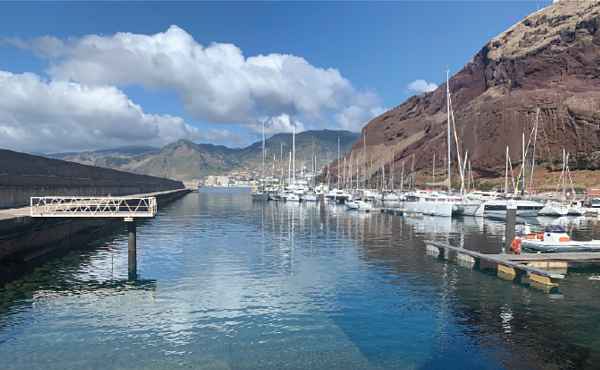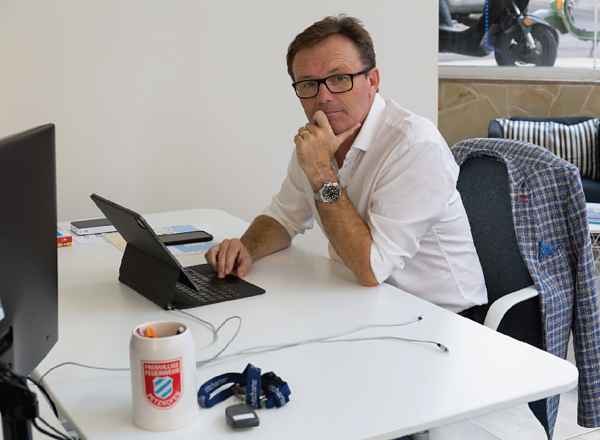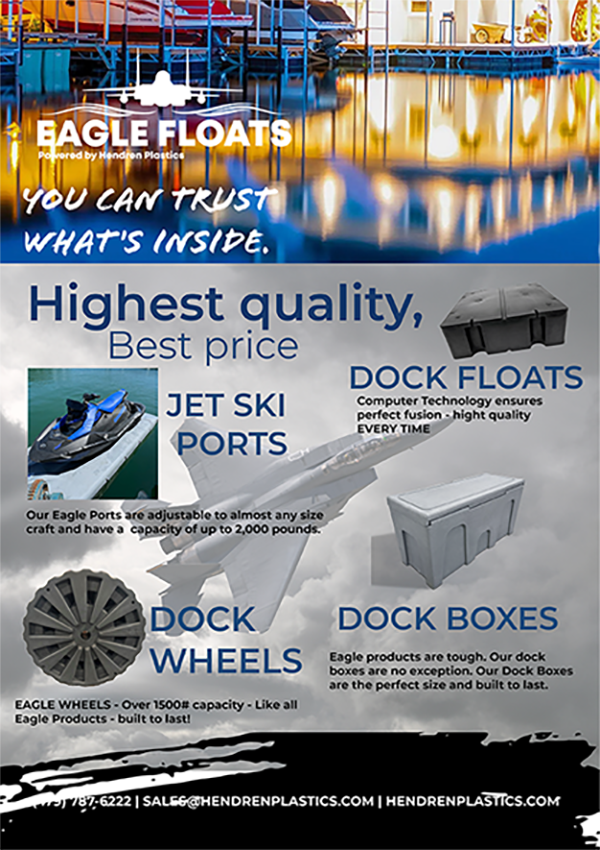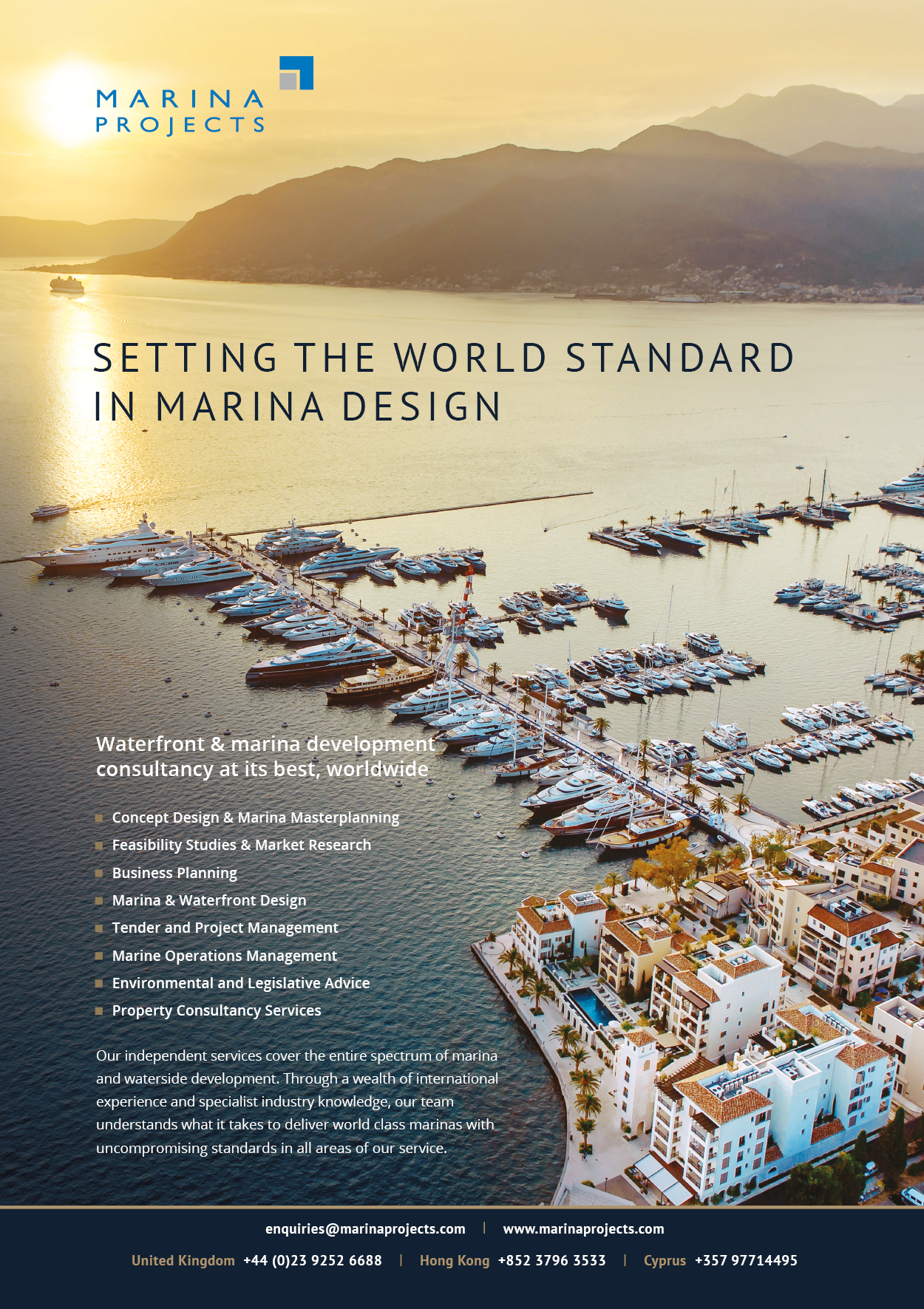Flexible marina investment for maximum returns
Over the past decade, marina properties have become an increasingly recognised asset class with many changing hands from private to group ownership or from municipal to private sector. Property agents and private equity companies specialising in the sale of waterfront assets have happily experienced more peaks than troughs but determining the true value of a marina as an investment potential requires a financial specialist.

The sale of Quinta do Lorde Marina in Madeira was recently negotiated by Marine Project. The company reports that current interest is particularly high for marinas in Greece, Portugal and Spain.
Marine Project has swiftly established itself in a rapidly growing market but, although the marina asset class is enjoying high popularity, team members are keen to stress that its true value is significantly underrated when compared to other marine investments. Marinas generate above average returns with a high degree of security.
Marine Project maximises all investment opportunities by offering a variety of programmes that cater to virtually every budget. These can be angled to suit the novice private investor, experienced investment firms or globally-invested institutional investors.
Programmes can also be tailored to suit a specific investor. “With high interest rates, usually in the double-digit range, and short maturities of two to eight years, this form of investment is an economically very attractive alternative to classic forms of investment, especially for investors with a short investment horizon and different exit strategies,” says Marine Project CEO Darius Wozniak.

Darius Wozniak.
“Institutional investors tend to focus on large newbuild projects, or fully operational and profitable marinas with a solid business performance and good management. The financial performance is much more in focus here than the asset itself,” notes senior consultant Christian Hausser.
Private investors are mostly interested in smaller marinas that are easy to oversee and manage. They usually have between 100 and 300 berths and have good year-round occupancy rates in regions that are not season dependent.
“Somewhat more courageous investors enquire directly about promising turnaround candidates where the substance is right and a turnaround is realistic under the right management. We often apply our ‘Fix & Flip’ strategy here, in which Marine Project takes over the management and leads the marina back into the profit zone,” Hausser explains. “Once occupancy, turnover and profit are maximised, the marina is usually sold again at a high profit, which often justifies the slightly higher risk. As a rule, such an investment takes about two to three years until the exit.”
Marine Project accompanies investors throughout the entire life cycles of their investment – from the preparation of meaningful plans and decision-making bases, to the clarification of legal and environmentally relevant aspects, and finally to the exit. Clients can invest in individual marinas or in managed portfolios.
“The time is ripe for the development of new and attractive forms of investment and the entry conditions in the marina sector are currently very favourable,” Wozniak observes. “Due to the high capacity utilisation of almost all shipyards and the increasingly popular yachting sector, the very high demand for berths will not abate over the next ten to 15 years but continue to increase. We are already seeing a high shortage of supply, which is having a positive impact on marina occupancy rates and profits.”
www.marine-project.com



